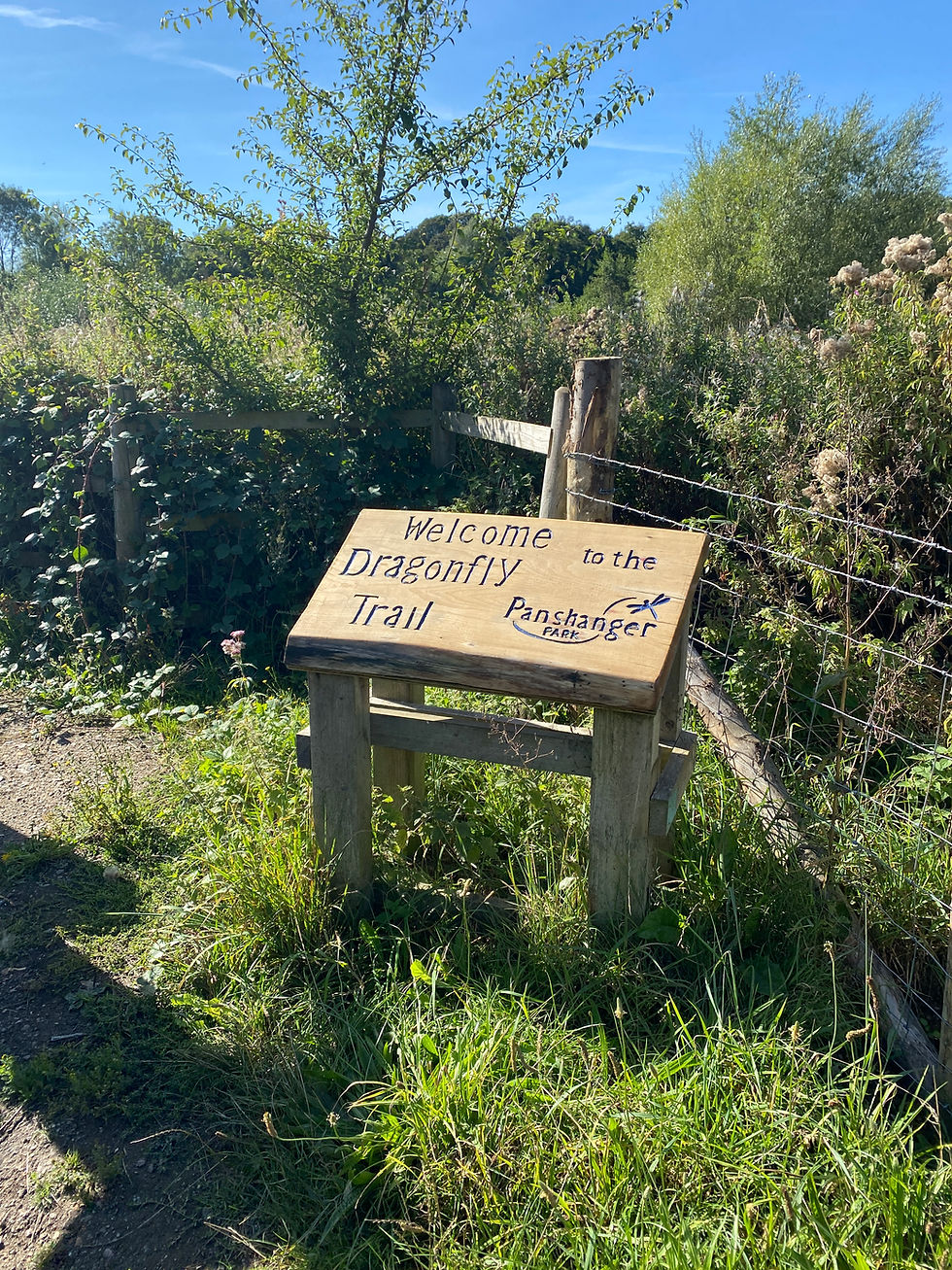The Jewel of the Fens
- George Gillott

- Jul 27, 2024
- 2 min read

Earlier in July, FWAG East was given special access to Chippenham Fen in Cambridgeshire for a guided walk with Natural England through one of the best remaining areas of undrained, semi-natural fen in Europe.

The 115-hectare site has several spring fed, wetland habitats and its combination of calcareous grassland and peat-rich fen is home to rare species such as the razor-sharp saw sedges, bogbean, bog pimpernel and marsh fragrant orchids. The meadows across the fen also support the rare Cambridge Milk Parsley which is only recorded in three locations in the country with Chippenham being the strongest site.
These rare habitats support a plethora of rare insects including Rosser's Sac Spider and the Silver-barred moth, both of which are almost exclusive to Chippenham. During the tour we also spotted several Scarlet Tiger moths.
Right on the doorstep of Newmarket, this SSSI site - usually accessible by permit only - is truly an oasis unmatched in the local landscape.

Guiding us was Natural England Reserve Wardens Chris Hainsworth and Mike Taylor (who, combined, have almost half a century of first-hand experience in managing the site) along with our very own 'jewel of the fens' Nigel Russell - FWAG East's fenland and wetland specialist.
The site was once referred to as 'Poor's Fen' as in times-past, villagers had the right to cut peat turves from the fen for their fires. However, if they cut too much they were banned from cutting for a year. This insight into how the locals lived conjured images of dark fenland nights with cottagers huddled around the glowing embers of smoky peat fires and was a stark reminder of how dependent on the provisions of our immediate landscapes we all once were.
The cutting of peat over the centuries has reduced the depth of the peat to less than half a metre in some places - a further reminder
of how severely humans can deplete the very landscapes which provide for us.

There is also a 40 acre wood on site - home to one of the best breeding woodcock populations in the area - and a herd of water buffalo that prove very effective in grazing and controlling the reeds.
The tour was followed by a BBQ in the yard and the chance for members to share a drink together on what proved to be a rare, warm evening for July 2024.
Thank you to Chris and Mike for sharing their knowledge and time with us and thank you to all the members that attended. Keep an eye on our website for more events like this in future!





Comments